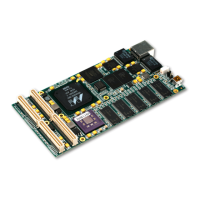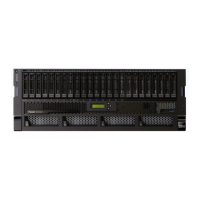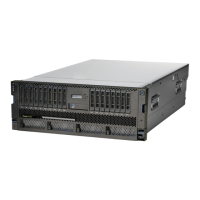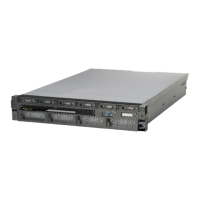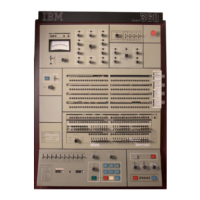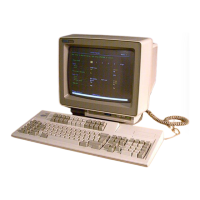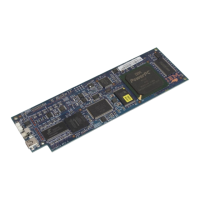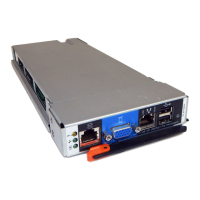Table 3-4. XER[SO,OV]
Updating
Instructions
Processor
Integer Arithmetic
Auxiliary Processor Control
Negative
Multiply-
Multiply- Register
Add Subtract Multiply Divide Negate
Accumulate Accumulate Management
addo[.] subfo[.] mullwo[.] divwo[.] nego[.]
macchwo[.] nmacchwo[.] mtspr
addco[.]
subfco[.]
divwuo[.] macchwso[.]
nmacchwso[.] mcrxr
addeo[.] subfeo[.]
macchwsuo[.] nmachhwo[.]
addmeo[.]
subfmeo[.]
macchwuo[.]
nmachhwso[.]
addzeo[.] subfzeo[.]
machhwo[.]
nmaclhwo[.]
machhwso[.]
nmaclhwso[.]
machhwsuo[.]
machhwuo[.]
maclhwo[.]
maclhwso[.]
maclhwsuo[.]
maclhwuo[.]
3.3.2.4 Special Purpose Register General (SPRGO-SPRG7)
USPRGO and SPRGO-SPRG7 are provided for general purpose software use. For example, these
registers are used as temporary storage
locations. For example, an interrupt handler might save the
contents of a
GPR to an SPRG, and later restore the GPR from it. This is faster than a save/restore to
a memory
location. These registers are written using
mtspr
and read using mfspr.
Access to
USPRGO is non-privileged for both read and write.
SPRGO-SPRG7 provide temporary storage locations. For example, an interrupt handler might save
the contents of a
GPR to
an
SPRG, and later restore the GPR from it. This is faster than performing a
save/restore to memory. These registers are written by
mtspr
and read by mfspr.
Access
to
SPRGO-SPRG7 is privileged, except for read access to SPRG4-SPRG7. See "Privileged
SPRs"
on page 3-42 for more information.
1
0
31
1
Figure
3-6. Special
Purpose
Register
General (SPRGO-SPRG7)
General data
Software value; no hardware usage.
Preliminary
Programming Model
3-11
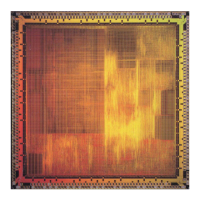
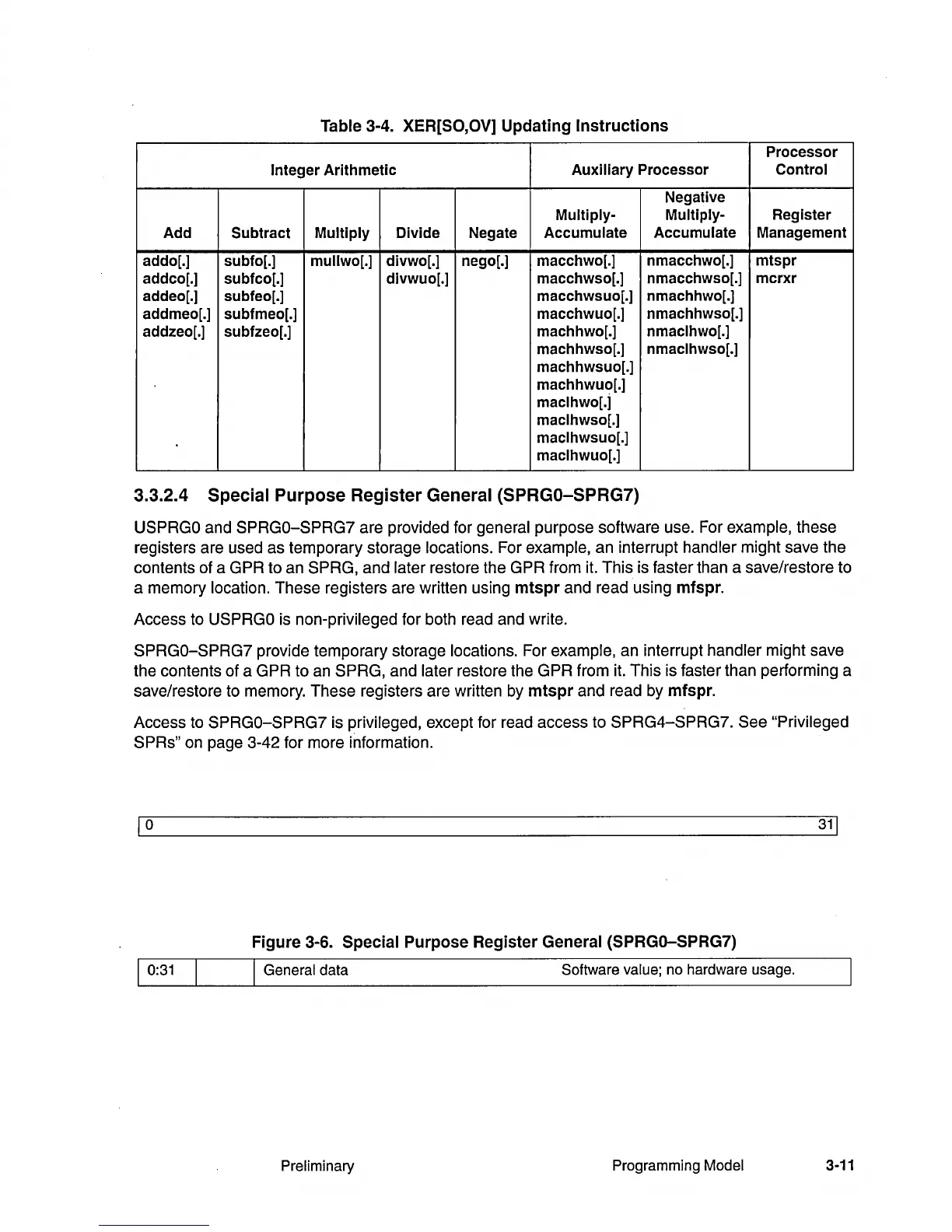